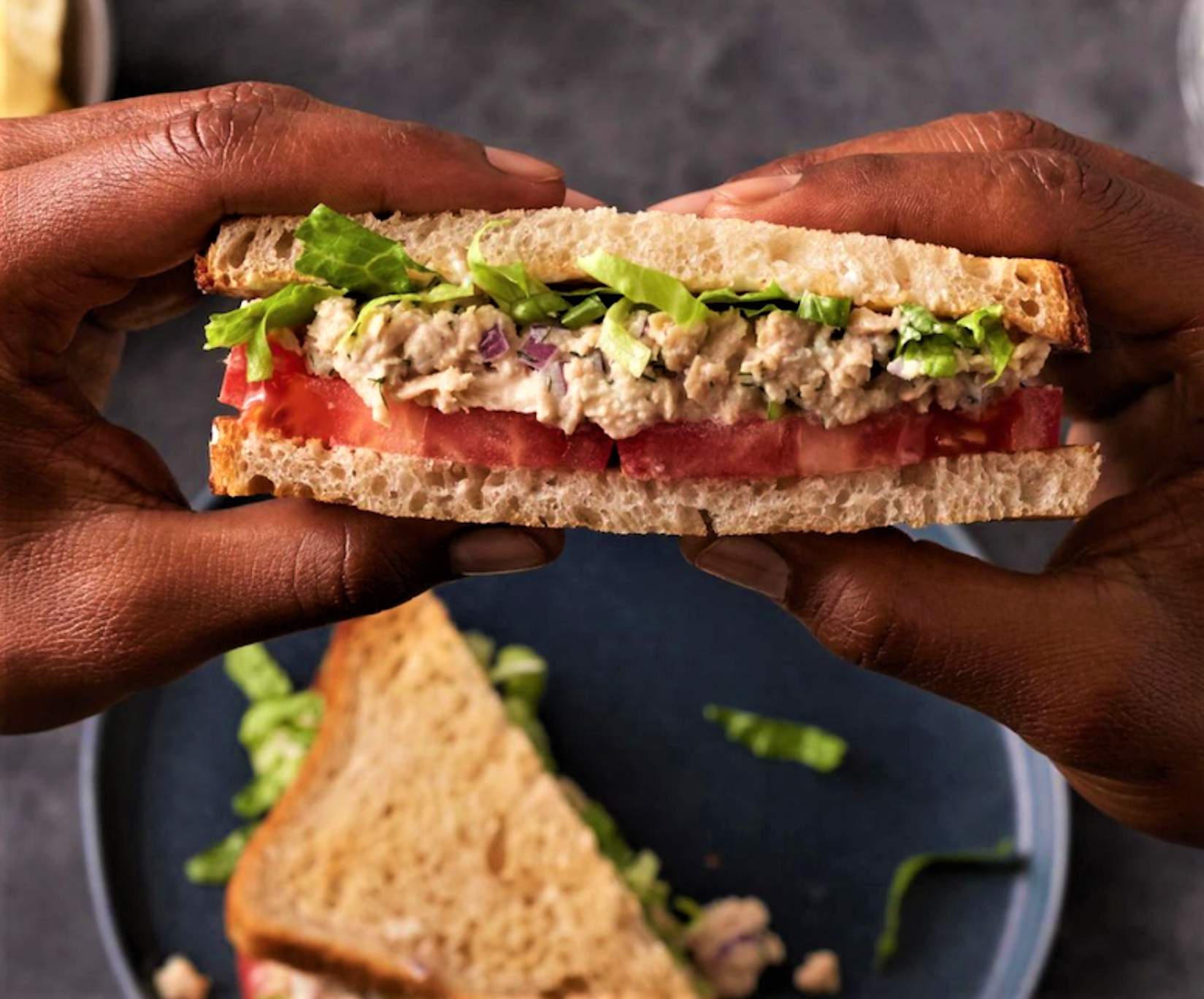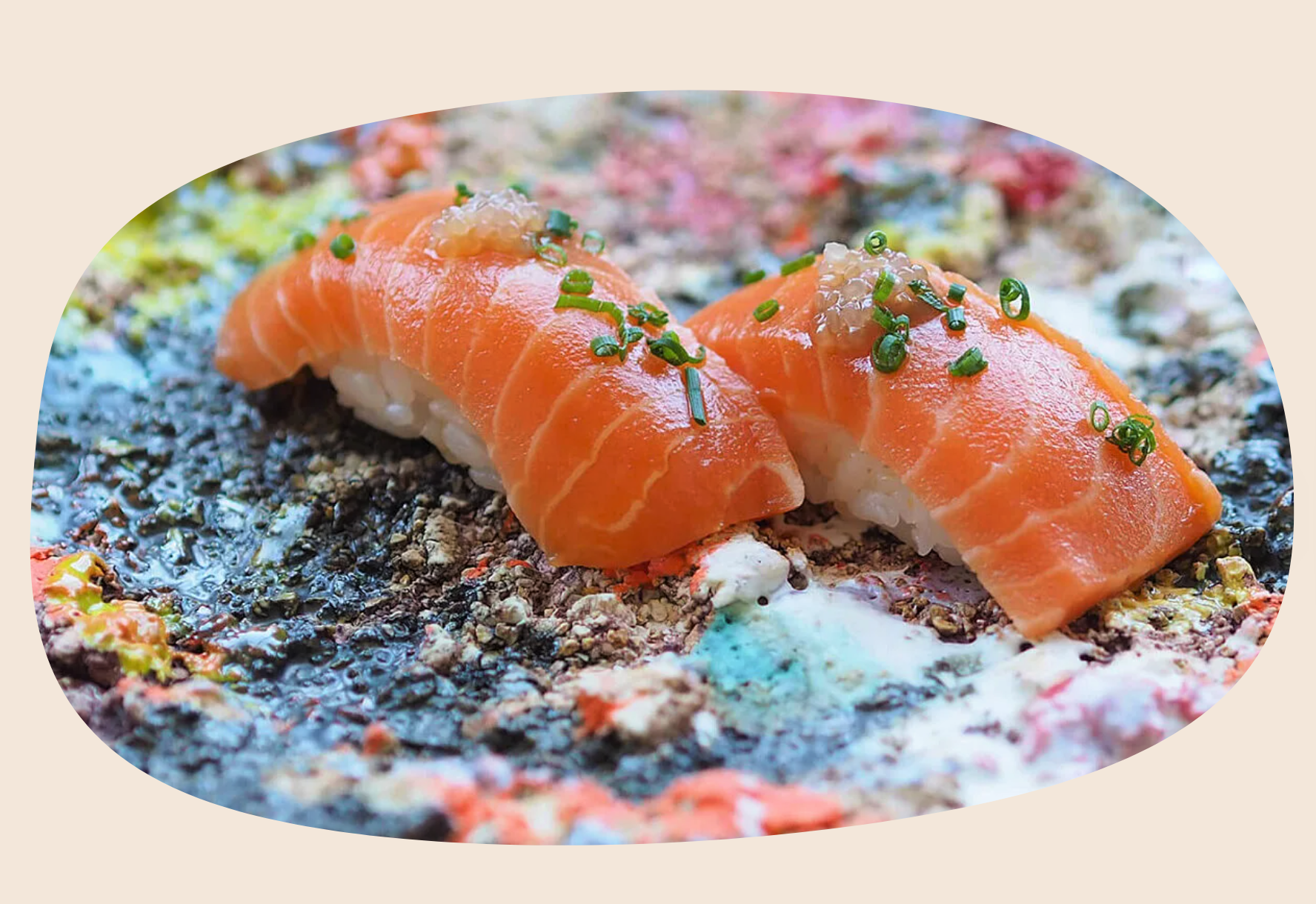The recent news that for the first time, the Alaska Department of Fish and Game cancelled the winter snow crab season is a major blow to the US seafood industry and yet another example of declining fish stocks. There were an estimated 11.7 billion snow crabs in 2018 but an 80% decline in population means there are only 1.9 billion today. It looks like another “canary in the coal mine” moment for the climate crisis causing warming waters to shrink cold-water habitat in the Bering Sea.
A report from Carlotte Lucas of the Good Food Institute, presented at a major seafood trade fair in Europe recently, shared worrying data on fishing and the state of our oceans, and highlighted the importance and enormous potential of plant-based and cell-based meat technologies to meet some of the demand.
According to the report, more than 90% of our oceans are now either overfished or fished to their limits and aquaculture is only expected to keep pace in 17 countries, and 800 million people are at risk of malnutrition if the local catch continues to decline.
Europe, for example, imports 3x more seafood than it produces and nearly half of EU marine habitats have been assessed as either endangered or near threatened, mainly due to pollution, fishing and aquaculture. Industrial fishing and aquaculture deplete species, pollute ecosystems and destroy vital habitats from coral reefs to seagrass meadows.
The opportunity is huge but so is the scale and urgency of the challenge. Plant-based seafood sales are still very small—but they are growing and, according to BCG/Blue Horizon, the alternative seafood market is set to expand by 22% between 2020 and 2025, and a further 28% in the following five years.
Plant-based tuna. Photo: Good Catch
Alternative seafood does have some advantages e.g., production isn’t limited to coastal regions, transportation costs and spoilage are lower and, as seafood is often more expensive than meats such as beef and chicken, alternatives can compete with conventional seafood on price more quickly. Also, thanks to advances in technology, it’s possible for this food to be as nutritious as the seafood it is replacing.
From 3-D printed products to the world’s first cultivated seafood product (made from cells), new offerings are expected to arrive within the next couple of years. Although breaded whitefish remains the most common product, companies are developing everything from cod and salmon to lobster and caviar.
While the sector is less mature than plant-based meat or dairy, investment is increasing, and major global brands are getting involved. This is especially true in Asia where more seafood is consumed per capita than anywhere else in the world. According to GFI APAC, alternative seafood companies raised US$175 million last year—nearly twice the amount raised in 2020—and more than 120 companies are currently developing seafood alternatives. Green Queen Media also tracks the growth of plant-based and cultivated seafood alternatives in Asia.
Cultivated seafood. Photo: Wildtype Foods
And it’s not just plant-based seafood that’s offering potential. The cultivated meat space is booming too. Shiok Meats recently partnered with Vietnam’s largest shrimp producer to develop cultivated seafood. Singapore’s Umami Meats announced plans to partner with MeaTech on 3D-printed cultivated seafood. In July, South Korea’s Cellmeat said its cell-based Dokdo Shrimp is market-ready pending regulatory approval.
It is still early stages in the market for cultivated seafood, but consumer research conducted by Shiok Meat showed that 78% of Singaporeans are open to trying these products. In Hong Kong, the number is 95%.
However, as promising as it looks, a lot more private—not to mention government—investment will be needed to scale up and accelerate open access research and regulatory paths to market for the alternative seafood sector. Only then can we stop worrying about how few fish there are in the sea!



